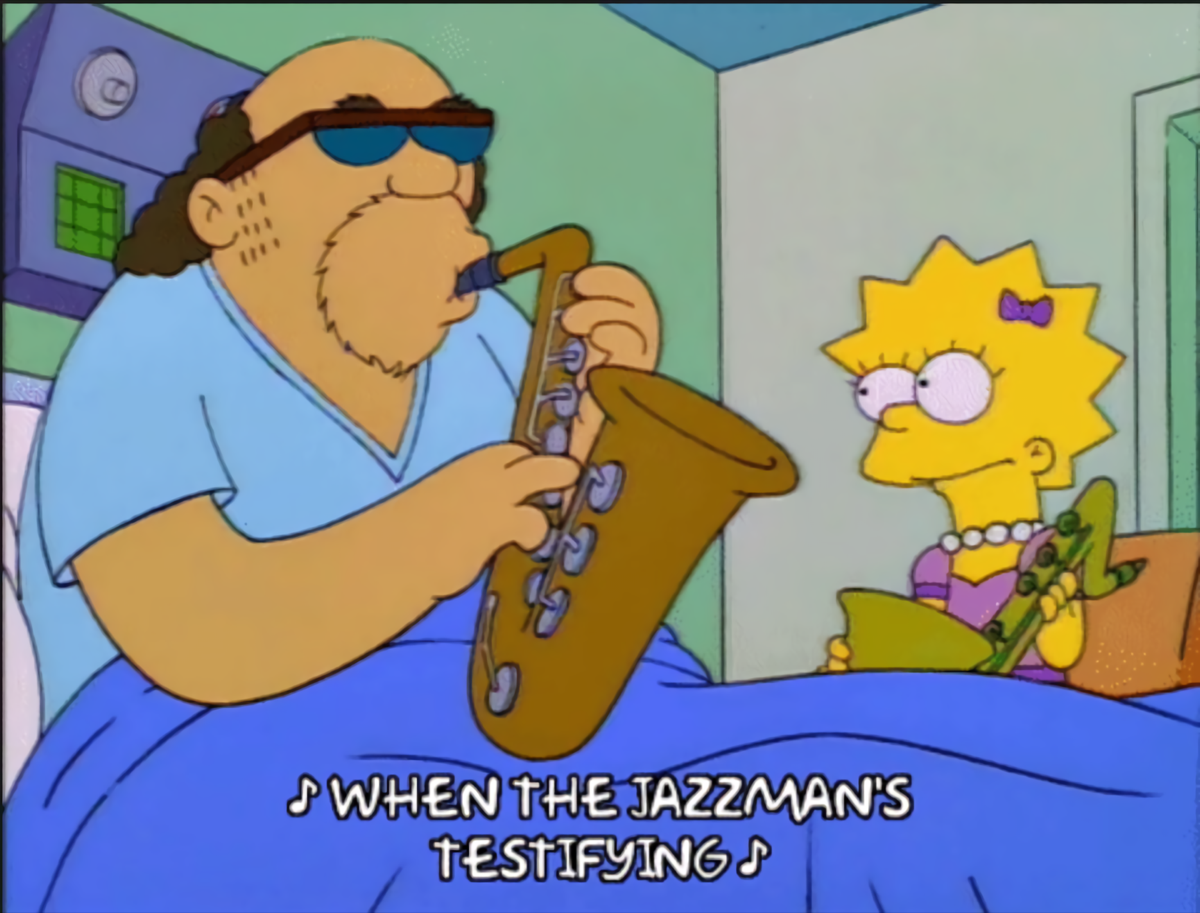‘Thief’ epically botches franchise heist
By Adam Tatelman, Contributor
2/5
Thief is a perfect example of everything that’s wrong with reboots. The newly released fourth game in the series takes an established franchise, shafts the lead voice actor, and junks a trilogy of lore in favour of an over-designed, grim setting with a bland monotonous protagonist whose dialogue falls flatter than Chris Pine’s acting. It makes me wonder why (aside from blatant marketing purposes) Eidos Montreal bothered continuing the Thief brand.
The Playstation/Xbox game puts players in control of master thief Garrett, who moves through the City stealing items by using his stealth and fighting skills. For a sandbox stealth game, Thief is slide-rule-linear and filled with token side paths that all end up in the same place. This false, cosmetic freedom is consistently symptomatic—frustratingly, you can’t jump without a grab-ledge-button prompt, an issue only worsened by the cramped, overstuffed environments.
Eidos Montreal offers the option to remove condescending heads-up display elements to “please oldschool fans,” as they put it, but that’s beside the point—the handholding is inherent in the level design. Rope Arrows can no longer latch onto any wooden surface, aside from restrictingly predetermined points.
When the few open-ended heist scenarios aren’t ripping off Dishonored, they’re nothing more than simplified retreads of fan favourite robberies. Thief: Deadly Shadows’ Shalebridge Cradle, one of the most terrifying stealth-horror hybrids in history, is shamelessly recycled as the Moira Asylum with less context and more scripted jump scares. These derivative romps are loosely linked by badly lip-synched, audio-dropping cutscenes, a predictable, soap opera-like plot with more Deus Ex Machinas than a Greek tragedy and incessant self-indulgent references to the original trilogy. This game should either copy its precursors or do its own thing because trying to encompass both methods just comes off as a weak and indecisive non-choice.
Many of the game’s problems could be somewhat fixed by naming it anything other than Thief, so the expectation isn’t there. It’s full of amateurish errors that should have been ironed out over the five-year development cycle: the sound design is full of creepy, ambient strings and the lighting creates top-notch contrasting visuals, but none of this atmosphere matters when the flavour text is more interesting than the plot.
The Artificial Intelligence endlessly loops canned dialogue while patrolling smack into walls, and established stealth gameplay is skewed in favour of scripted set pieces and boss battles. Eidos Montreal could have foisted this tomfoolery on a new intellectual property and been more successful. Why try to mesh it with a title whose design philosophy is a polar opposite?
I define a bad game as one that fails to accomplish its goals. When a game tries to reboot a franchise for a new audience, simultaneously mollify a dedicated fan base, and still be streamlined enough to appeal to the lowest common denominator, how can the resulting necromancy do anything other than repulse newcomers and longtime Taffers alike? I never expected this game to recreate the Thief of old and I was excited to see what new developers could do with the franchise. Unfortunately, the result was underwhelming at best and insulting at worst. I can only hope this transparent, two-faced excuse for pandering fan service will be forgotten, leaving the legacy of the master thief untarnished.


